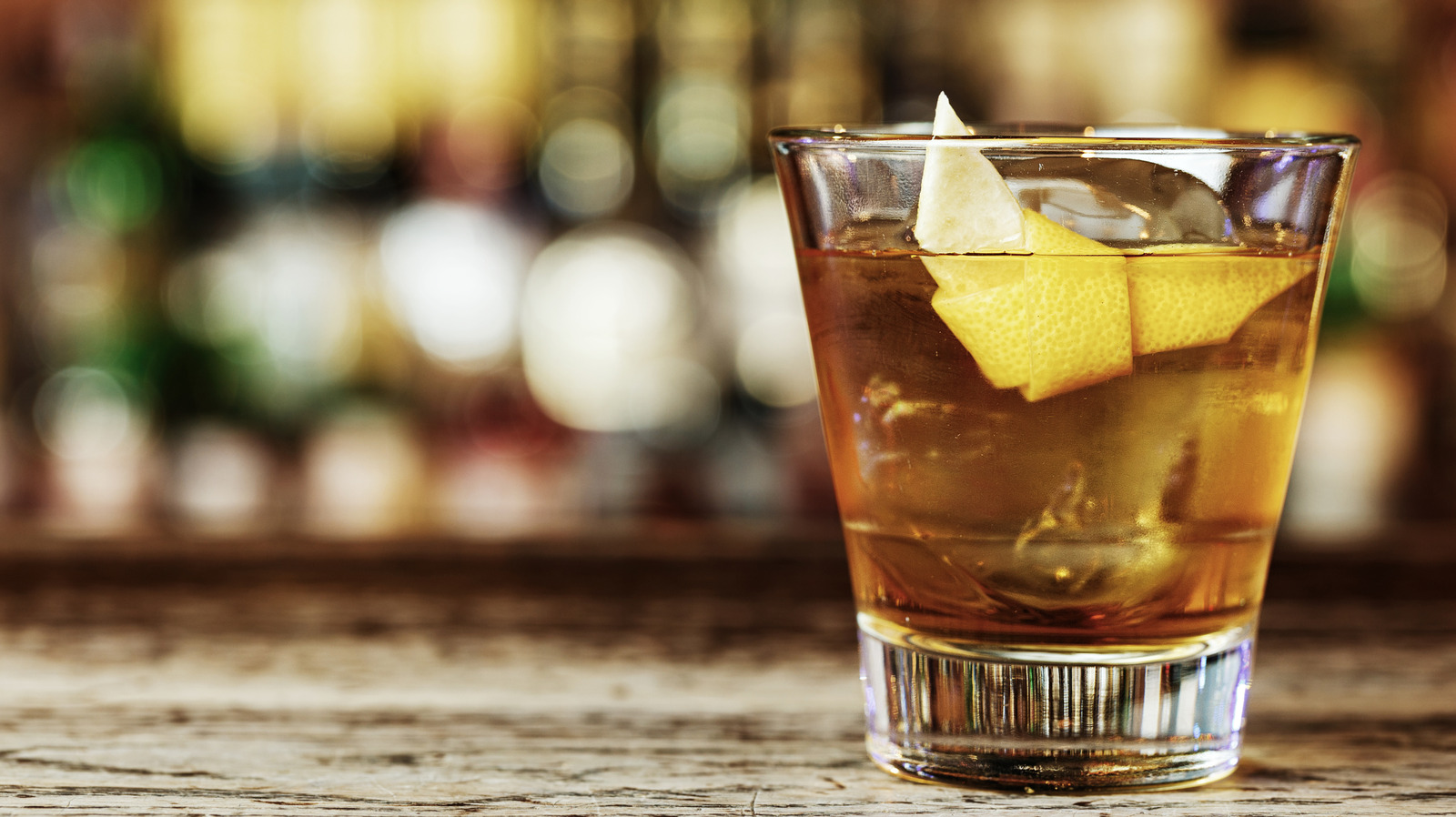
"Before the craft cocktail became the standard, mixologists ambitiously blended spirits in dimly lit corners of New Orleans' 19th-century apothecaries, eager to establish America's inaugural mixed drink. Antoine Peychaud was the first to put a libation on the map with the Sazerac in 1838 - a blend that was innocent enough. A classic Sazerac cocktail recipe features Cognac (later replaced with Rye Whiskey), bitters, sugar, water, and a lemon peel garnish."
"We must remember that Peychaud wasn't a bartender by trade, but a pharmacist, and he was fully aware that wormwood-derived absinthe offered potential medicinal benefits such as improved digestion, pain relief, and antimicrobial properties. But absinthe brought along a slew of additional side effects, with reports of hallucinations, including adverse reactions such as mania, numbness, and even violent behavior. Absinthe's green hue and mind-altering effects led to its label as "the green fairy," an alluring and unsettling homage to the spirit's mind-altering strength."
The Sazerac originated in New Orleans in 1838, combining Cognac (later replaced by rye whiskey), bitters, sugar, water, and a lemon peel garnish. The drink was poured into a glass rinsed with absinthe, which added aromatic character and controversial effects. Antoine Peychaud, a pharmacist, valued absinthe for purported medicinal benefits including digestion aid, pain relief, and antimicrobial action. Reported adverse effects included hallucinations, mania, numbness, and violent behavior. Modern analysis found thujone levels too low to cause psychedelic effects; the high alcohol content (about 70% ABV) and contaminants like copper sulfate likely caused toxicity. Absinthe was banned in the U.S. in 1912.
Read at Tasting Table
Unable to calculate read time
Collection
[
|
...
]